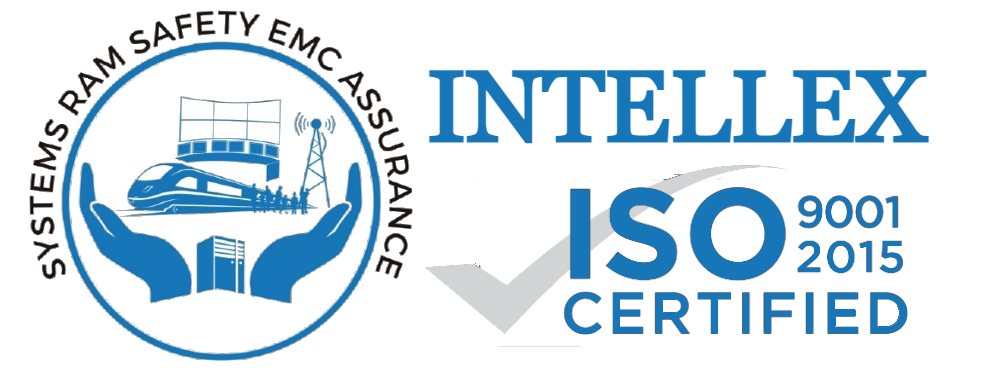Advanced Certificate Course in RAMS, System Engineering, & Assurance
– To give an in depth understanding in concepts of System Engineering, RAMS and Assurance
– Explain how these concepts are applied in practice within the railway signalling projects, through compliance with applicable international standards, to deliver fit-for-purpose safety critical systems.
Duration of this course is 96 hours.The course consists of two parts which will be delivered in two formats.
- Part 1: (Duration 56 hours) This part will cover the principles, theory and examples of the concepts of System Engineering, RAM assurance and Safety Engineering.
Course is pre-recorded.Learn at your own schedule within 6 months of activation
- Part 2: (Duration 40 hours) This session is primarily meant to give a hands on experience in application of the RAMS methods learnt during Part 1 of this course. This will be achieved by taking up a case study and applying the RAMS assurance methods and analysis techniques through lectures and workshops.
Since application of System engineering and RAMS concepts gained considerable importance in the railways, it is essential that a discipline engineer in design, testing, operations, maintenance has a good understanding of these concepts.
The course is designed for people of the following profiles:
- Engineering professionals who are directly involved in the activities responsible for design, construction, operation, maintenance and RAMS assurance, where there is a requirement to achieve a robust railway system at an optimum cost.
- Students who are doing post-graduate study in railway engineering related disciplines.
- Professionals pursuing Continued Professional Development (CPD) to advance skills in aspects of RAMS and System Engineering and Assurance.
Overall, the participants will be able to appreciate how System Engineering, RAMS and Assurance techniques make a significant impact on the quality of the railway systems delivered, and its operational life.
- On successful completion of Module A, Detailed system engineering concepts, the participants will have a good understanding of system engineering principles, its application to sophisticated systems such as signalling and telecom systems in the railways, and value addition by System engineering to the operational life of the delivered railway systems. Further, the participants will have a good understanding of Project life cycle stages, System integration, Verification and validation and an overall knowledge of system engineering specialist disciplines namely System Safety, RAM, EMC and Human factors.
- On successful completion of Module B, Detailed system safety concepts, the participants will have an in depth understanding of system safety concepts, various methods of identifying and mitigating hazards, safety issues during the project life-cycle stages and how to implement international standards & directives EN50126/8/9 Common Safety Methods. Specifically, this module covers application of EN50129 the specific standard for safety-critical signalling and telecoms projects.
- On successful completion of Module C, Detailed RAM engineering concepts module, the participants will have an in-depth understanding of RAM concepts including the mathematics required for RAM, and how to implement EN50126 process. The participants will also gain a good understanding of RAM modelling, FRACAS and value engineering.
- On successful completion of Module D, System Assurance module, the participants will have a good understanding of establishing appropriate system assurance framework and methods which will deliver value for money. Also, participants will be motivated to develop correct system assurance attitude and qualities so that they perform in a professional and constructive manner within project teams, delivering safety critical systems through a robust assurance framework.
- On successful completion of Module F, The case study module, participants will know how to deal with practical issues in performing system engineering, RAMS and Assurance activities, and appropriately apply the methods learnt during Part 1.

